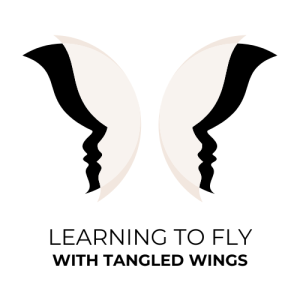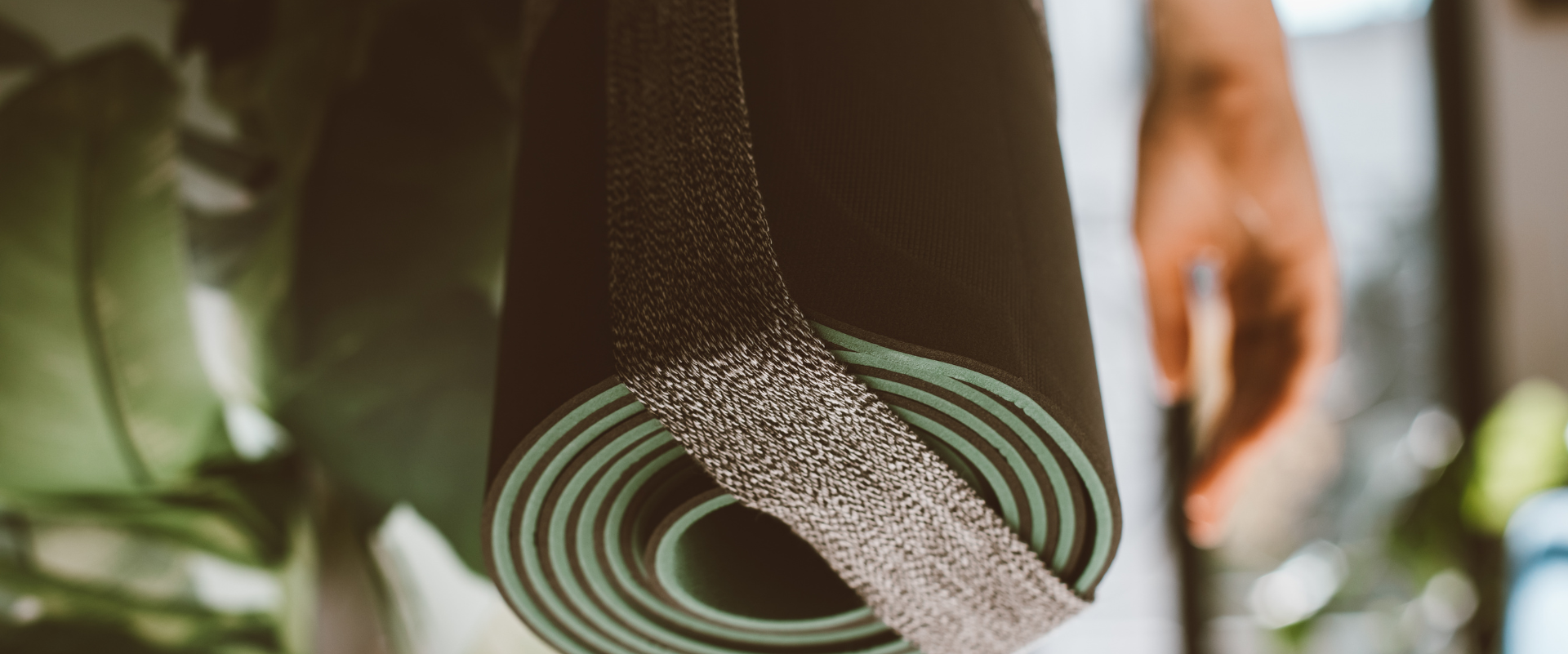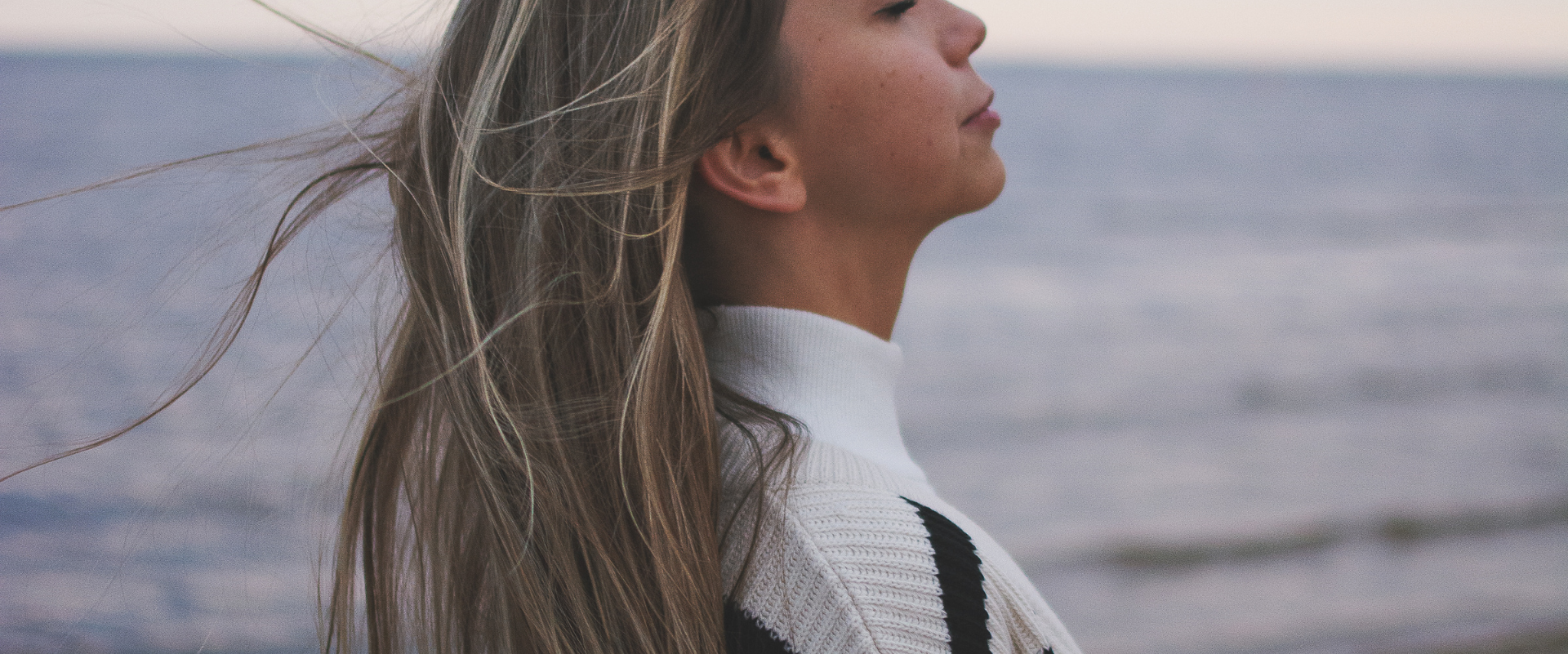Last week I watched the third and last of a continuing education webinar series hosted by Yoga Alliance entitled “Creating Inclusive Yoga Spaces”. The series featured Aisha Yousuf, E-RYT, Teacher Trainer at The Driven Yogi, and executive leader in social justice reform. The series focused on developing our awareness and understanding of our conscious and unconscious biases and our responsibility as yoga instructors to help cultivate diverse, equitable, and safe spaces for students to practice.
Power and Privilege in the Role of the Yoga Instructor
The series discussed important concepts like identity and intersectionality, equality and equity, and the power dynamics involved in the yoga studio setting. In a guided class studio setting, the yoga instructor for that class holds quite a bit of power. To a generous extent, they decide what poses to include, how fast or slow to move, the temperature, the music, the lights, the smells, etc. They also set the tone for the energy of the class, whether that be the words they choose to use, the concepts they choose to focus on, and the general inclusivity of their cueing and class. Bringing our presence and awareness to each class and student allows us to develop an ever-adjusting harm-reduction lens toward those we serve in the community.

Interconnectivity
The concept of interconnectivity allows us to better understand our discrimination as categorized in their various groupings of gender, relational, social, cultural, financial, racial, historical, and sexual descriptors. In each considered factor, we find ourselves asking the question “Am I included or marginalized based on these?“
The concept differs from our identity as it specifically describes the areas of discrimination and inequality we face as individuals. Understanding the power dynamics and relationships between these various factors helps us to approach the issue of individual inequality more holistically.
The Humble Practice of Understanding Our Learning Gaps and Social Conditioning
We all carry our own biases. Within that, we have biases that we are aware of (conscious biases) and biases that we may not be as aware of (unconscious biases). In our role as yoga instructors, it is also our responsibility to develop an understanding and awareness of our own social conditioning in our conscious and unconscious biases. This involves a daily dose of self-reflection and continual adaptation in the humble practice of unlearning a lot of what we have normalized.
Some of these biases may include:
- Biases of race: “She is black and has a lean, muscular, body so she can probably do a handstand stand really well – I’ll ask her to demonstrate for the class!“
- Aisha Yousuf, the lead presenter of this three-part series, shared during the training that a similar experience actually happened to her when she was very new to yoga – she had no idea how to do a handstand! As yoga instructors, it is important we never assume anything about anyone’s practice.
- Biases of body size: “They have a bigger body and are probably here for weight loss – I’ll remind folks that swimsuit season is coming!“
- This one’s a double as it implies that in order to be in a swimsuit our body must first look a certain way and then smothers that with the assumption that we all strive for that socially-constructed “ideal” body. We know that bodies come in all shapes and sizes – let’s create that environment of inclusivity in the yoga studio. Assuming that because a person has a bigger body is there for weight loss or is a less-experienced yogi is ignorant.
- Biases of ability: “She looks strong and flexible – I’ll pull her up into a wheel pose from bridge pose – she’s strong enough for it!“
- I witnessed this in a class I took earlier this week. The teacher was cueing bridge pose with an option for wheel pose. One of the students was in a high bridge pose and the teacher came over and gave a hands-on adjustment to the student (without first asking for their consent or if they wanted to go into a wheel posture). I cringed as I watched the student’s face as they were brought up into a wheel pose through a hands-on adjustment made by the instructor. The student was visibly a bit shaken when they came down. Consent for hands-on adjustments is fundamental and mandatory in every single class and with every single student. We don’t know if folks have an injury, their past trauma(s), or if they had a big breakfast and may just not want to do a wheel pose today. Keeping our ego out of the classroom as a yoga instructor allows us to reconcile our intentions with the best intentions of the student(s).
- Biases of gender: “Yin energy is feminine (soft/passive/receptive) and Yang energy is masculine (strong/active/dominant).“
- Being aware of gendered concepts like associating “moon energy” with “feminine” energy and linking femininity to passivity or receptiveness can be a sticky situation. We can be feminine and strong. We can also be masculine and gentle. In de-coupling gender from concepts, we offer inclusive language in a neutralized way that offers a sense of belonging for folks of all gender(s).
- Biases of age: “She looks older – I’ll suggest she take our chair yoga class!“
- As our bodies change throughout our lifetime so too does our yoga. Our practice may begin to look differently, and embracing the many forms, and ways of practicing yoga, is a practice in and of itself. Allowing the many different expressions of any given pose can be a beautiful practice of inclusivity as we admire the strength and determination of each student, no matter their age or expression of the asana.
- Biases of intention: “Brittany, a fellow yoga instructor at this studio, is in my class today – I’ll make sure to offer her lots of personal adjustments as she should know her hips aren’t square – she’s an instructor!“
- It can be so intense to practice at the same studio that you teach. As it can with any other career, the social atlas among fellow yoga instructors can often be quite competitive if not eventually toxic. Being kind to each other and welcoming each student into your studio (teacher-students included) can be a beautiful way of honoring one another’s practice(s). Maybe Brittany was focusing on her spiritual connection to her practice today and loosened her prioritization of the physical asana. As long as the student isn’t causing harm to themselves or others, let us not assume the motivations, ability, or intentions of any student’s practice.
- Biases of relationship(s) and/or orientation: “Valentine’s Day is coming up – I’ll offer a partner yoga class and offer lots of hetero-normative definitions of what love is.“
- A recent study showed that about 1/3 of Americans describe their ideal relationship as something other than complete monogamy. As open relationships become increasingly common, so too must our inclusivity of them in social spaces – like yoga studios! Creating a space where people of all relationship structures and orientations feel welcome is an ongoing effort of inclusivity in yoga spaces.
Creating Intentionally Safe, Neutral, and Inclusive Spaces
There are quite literally endless ways that we can continue to grow and evolve our teachings and spaces. As yoga instructors, and as human rights and social justice advocates, some ways we might create intentionally inclusive spaces may include:
- Gender-neutral changing rooms
- Inviting language “I invite you all to please join me standing at the tops of your mats” instead of “Stand at the tops of your mats”
- Inclusive pronouns on liability forms & used in class when referring to that student
- Gender-neutral cueing “lower ribs” instead of “bra strap line” and avoiding unnecessary phrases such as crossing the legs “like a lady”)
- Offering instruction for people of all body sizes and abilities (“for those of us with bigger bodies, lift the tums over the thigh as you twist”)
- Continually evolving our understanding and awareness of ourselves and one another in our own social conditioning, trauma(s), and biases
If we are a studio owner, our responsibility toward belonging may extend to our marketing, hiring, teacher pay, class offerings, retail offerings like a range of mat and clothes sizes, and beyond.
The Mental Presence of Diversity, Equity, and Inclusion
With the presence of mind gifted to us through consistent practice and an open-minded understanding of how to best harmonize with ourselves and the world around us, we develop a better understanding of our conscious and unconscious biases. With this understanding, we can better create intentionally inclusive, diverse, and equitable spaces that offer a kinder, more compassionate lens toward ourselves, others, and the connections between us.
Setting the Vibe of Inclusivity
Creating affirming, diverse, equitable, and inclusive spaces requires action! It is our duty as yoga teachers in our communities to develop our classes and offerings to best support our students. If you are interested in a simple way to add an element of inclusivity to your yoga classes, head on over to my freelance site, LCF Writing Services, for these name and pronoun tent cards that students may fill out and place at the top of their mats. These yoga class cards help set the tone for an inclusive environment and yoga practice!







